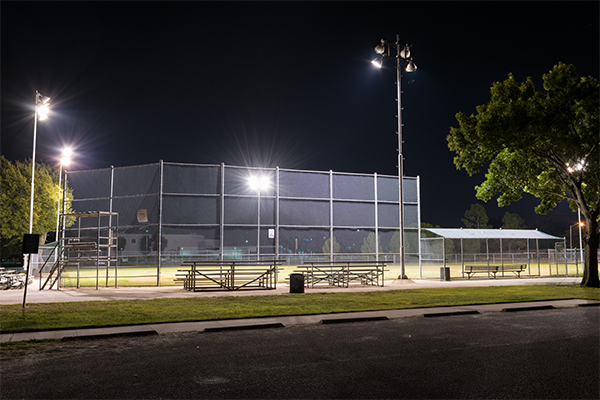Top 3 Advantages That Stainless Steel Lighting Poles Offer
Outdoor light poles are built from a variety of materials, including aluminum, stainless steel, and steel. Many homeowners are interested in installing steel outdoor poles since they are corrosion resistant, easy to maintain, lightweight, and cost-effective. Putting these poles enhances the appearance of your yard both during the day and at night. The light emitted by outdoor light poles will dissuade robbers from approaching your property while also assisting you in determining if there is anything odd in your immediate surroundings.
Some Background Information on Stainless Steel Light Poles
Stainless steel light poles have been used in the United States since at least 1944, and they are also a well-known older application in Japan and Europe. The first poles were manufactured of austenitic stainless steel such as 201, 304, or 316. The Canary Islands may have been the first to employ duplex stainless steel poles in 1991 when the alloy 2205 was used to provide a higher level of corrosion resistance than Type 316. Other duplex stainless steel alloys were later employed for these purposes.
Advantages of Stainless Steel Light Poles
Corrosion Resistance
Material selection should begin with an assessment of the needed level of corrosion resistance, especially in the presence of strong salts (coastal or deicing) or contaminated surroundings. It's crucial to keep in mind with choosing square pole base covers in Arizona that continual damage caused by wind loading might cause protective paint coats to degrade prematurely. As a result, unless frequent maintenance repainting is acceptable, they should not be relied on. Metal coatings used to improve the corrosion resistance of steel or aluminum can have an impact on fatigue life, which must be considered. There is no requirement for a coating system if an adequate stainless steel alloy is used.
Which stainless steel is best for a specific application is determined by whether the pole's aim is functional or just ornamental.
Strength and durability
Corrosion and other design elements can have a substantial impact on fatigue performance and must be included in a comprehensive comparative analysis. The sort of wind loading that can occur varies depending on the application. Wind patterns created by large automobiles, for example, must be considered for highway poles.
Aluminum highway poles are becoming increasingly brittle owing to fatigue, and stainless steel is a natural replacement. Austenitic stainless steels are widely renowned for their excellent fatigue performance. Because the poles will be cold worked, which increases their strength, it is worth noting that duplex stainless steels have a higher fatigue limit than austenitic at the same static strength. For both stainless steel alloy families, the fatigue limit increases with static strength.
In addition, duplex and austenitic stainless steels are far less notch sensitive than carbon steel. Furthermore, the influence of strength on notch sensitivity is strong in carbon steel but virtually non-existent in stainless steel.
For some applications, impact hardness is critical. Among the criteria that can affect real performance are special processing, thickness, cold work level, and welding. For low design temperatures, austenitic outperform all other pole options.
Versatility in terms of design
These applications' major design requirements include appropriate corrosion performance for the service environment, superior fatigue strength, and, in some cases, impact toughness. While carbon steel, iron, and aluminum are the most often utilized materials for pole applications, stainless steel's superior performance in all of these design categories makes it the most cost-efficient long-term alternative.



Comments
Post a Comment